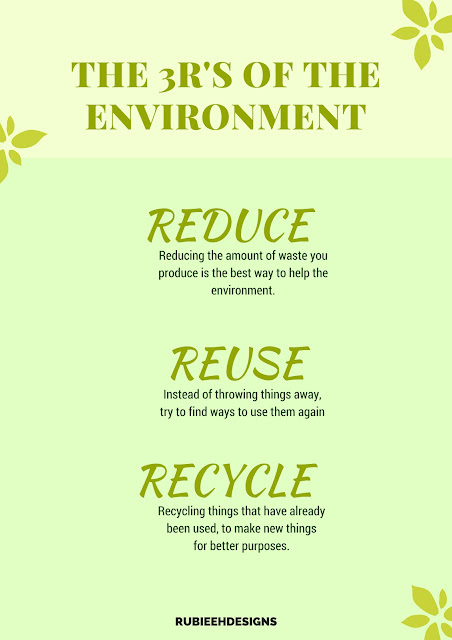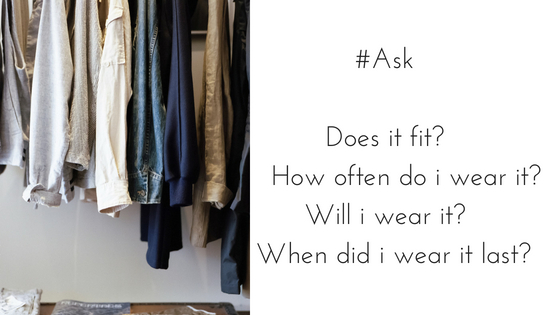Well, we don't have to stop just at July, It could become a part of our lifestyle!
I recently came across the 'Plastic-free July Challenge' organized globally to raise awareness about the harmful effects of the single-use plastic. And found it a very interesting way to promote a plastic-free life. Everyone can try this challenge or take it as a form of a pledge without feeling too much pressure and take baby steps towards a Green living.
The challenge is pretty simple, nothing hard and fast- we have the freedom to draw our own boundaries, the aim here is more to raise awareness and ultimately adopt a zero-waste lifestyle than to make things intimidating.
We have an option to choose what kind of challenge we take- it could be 1 day, 1 week, 1 month, a year, absolutely anything and also what we choose to stop using- all single-use plastic or the top 4 plastic pollutant- plastic straws, plastic bottles, plastic bag and coffee cups. or to have a plastic-free house, office space or travel.
It could be also an individual or a group pledge!
It's a pretty easy, and very sensible challenging to take, considering the rampant use of plastic in our daily lives, the most harmful and excessive being the plastic shopping bags.
In India, 20 states have completely banned the use, manufacturing, supply, and storage of polythene bags while 5 states have partial bans though we cant be very sure how far they have been successful, for the lack of awareness and also lack of an equally cheap substitute.
Challenges or pledges like this will help create awareness and take personal steps to this cause.
Step 1
Make a list of items that you use that are plastic based or harmful to the environment.
Use of disposable coffee cups, plastic bottle, use of polythene bags, using disposable cutlery.
Use of disposable coffee cups, plastic bottle, use of polythene bags, using disposable cutlery.
Step 2
What are the possible substitutes for it?
What changes can you bring about in your lifestyle to reduce or avoid the complete use of it?
Make a list of substitute or changes in lifestyle.
Step 3
Make actionable plans to incorporate them into your daily life.
Adopting everything all at once might get a bit too overwhelming, and it would be convenient and much effective if actions are taken in small steps.
Step 4
Review.
Give yourself time after which you can review your progress. And its okay if you are falling a bit behind, don't give up, even the smallest of progress is better than none.
For starters, we can
Reduce, the use where ever possible if not avoidable
Refuse, the use, but substituting it with eco-friendly options.
Reuse, if the item isn't sustainable.















